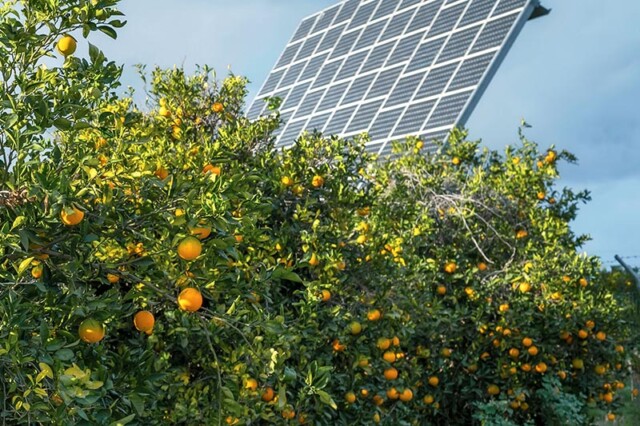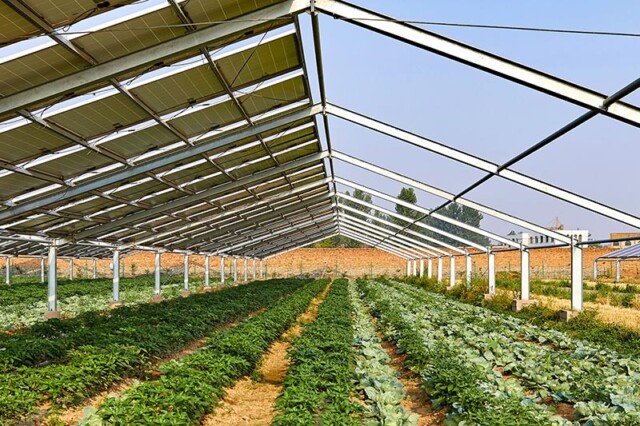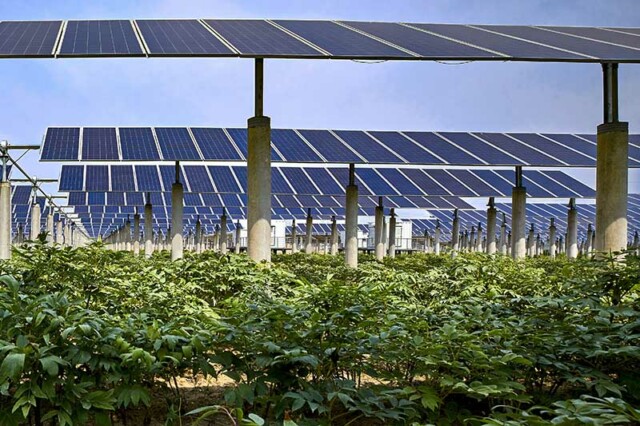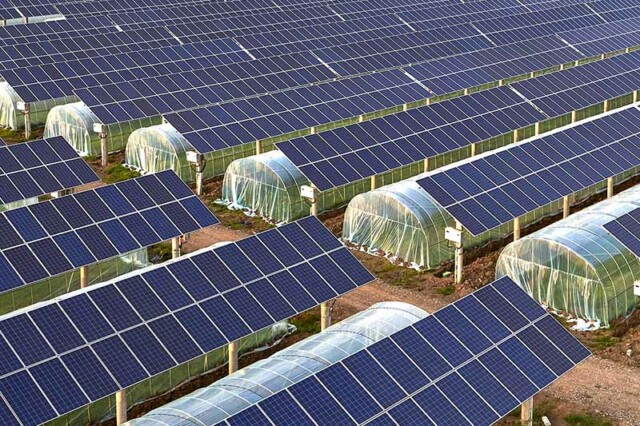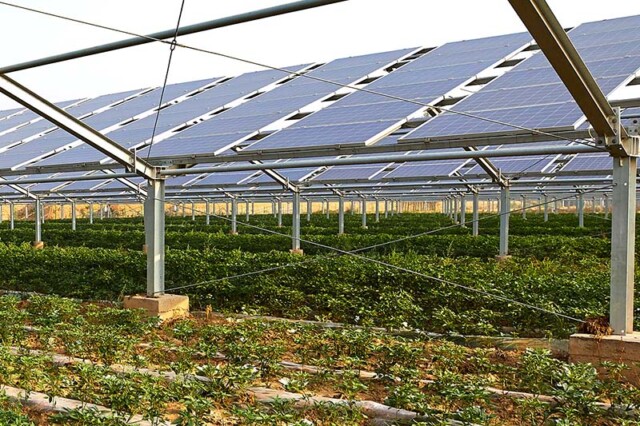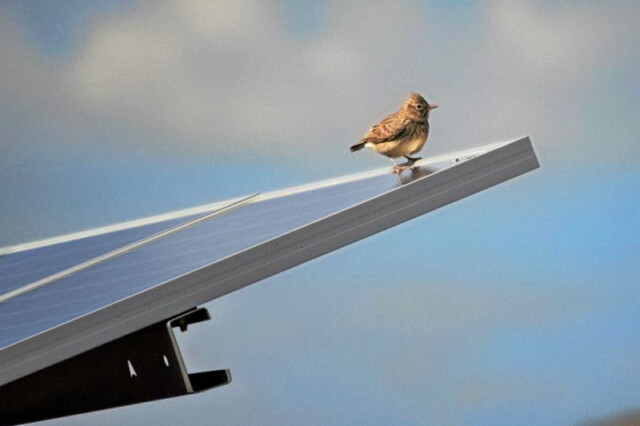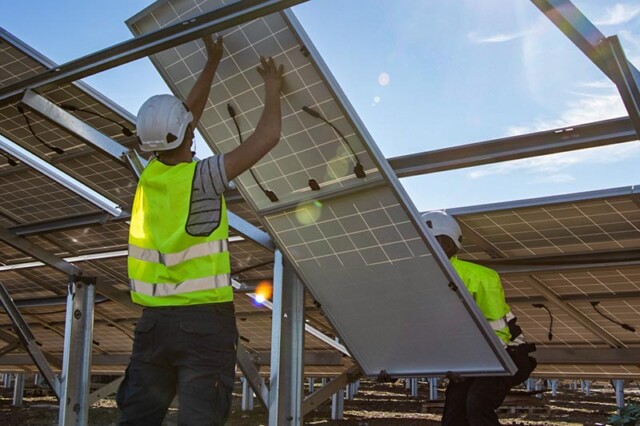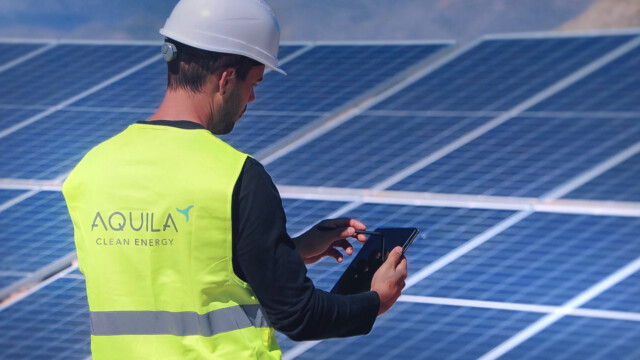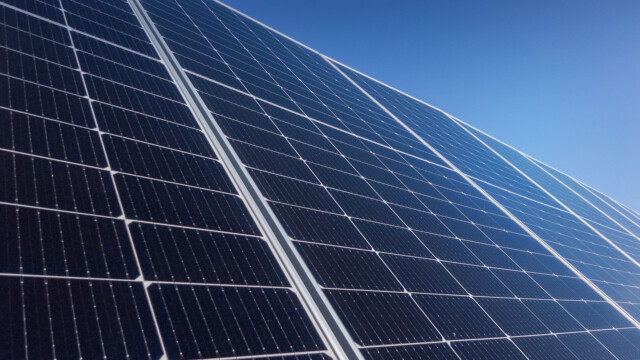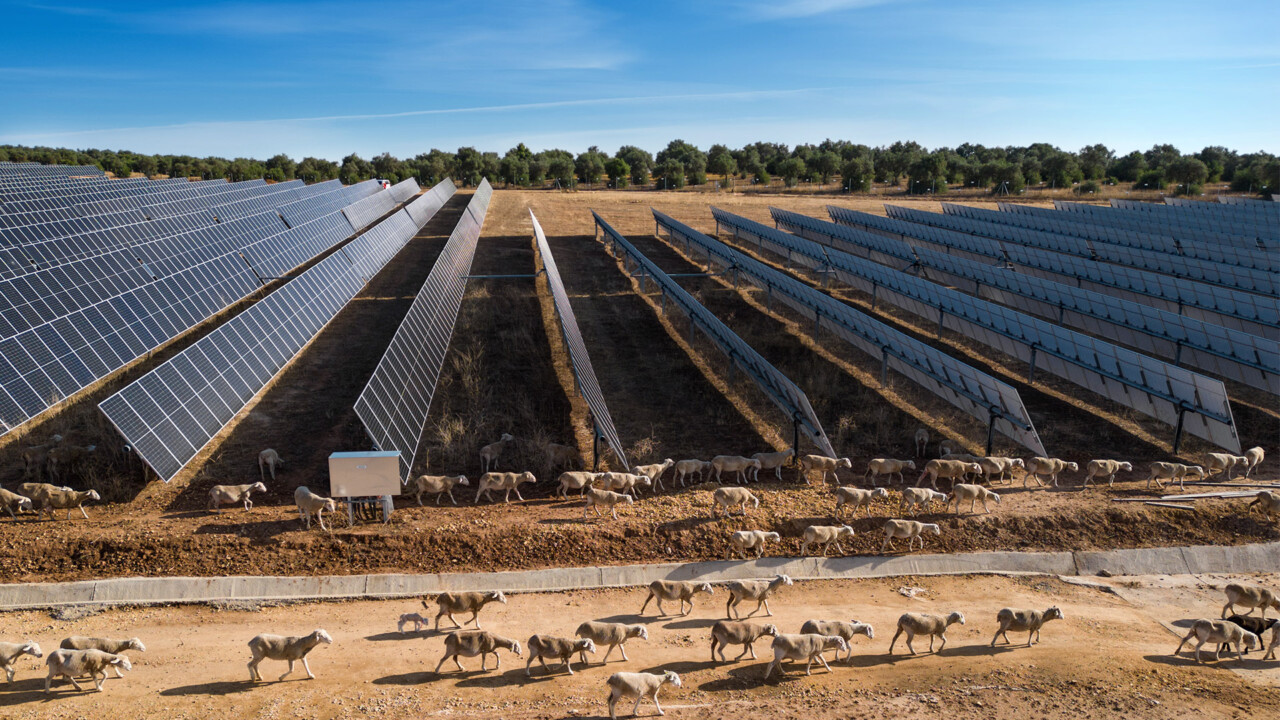
Sustainability Framework
Both at project and corporate level, we integrate ESG considerations through strategies, processes and initiatives designed to enhance the positive consequences of our activities on the environment and society, and to reduce any negative impact.
We achieve these objectives by implementing sustainability measures throughout the entire lifecycles of our projects and by forming partnerships with local communities. This approach helps us to better understand our responsibilities and adapt stakeholder needs into project planning, development and management. We also offer a diverse and inclusive working environment for our employees.
Embedding sustainability in our business approach
Our projects are long-term oriented, and we recognise they will have a direct impact on Italy’s future energy infrastructure. With this in mind, we ensure that sustainability is embedded in our core business, focusing on assets that contribute to the challenges of climate change mitigation.
Aquila Clean Energy is committed to leaving a positive and long-lasting footprint and generating social value for communities in the regions where it is present.
OUR AGRIVOLTAIC APPROACH
Most of Aquila Clean Energy’s solar PV projects in Italy have implemented agrivoltaics systems into their designs, creating a dual and mutually beneficial use of land for agriculture and PV power generation. This allows our projects to co-exist with their local ecosystems with reduced visual impact.
